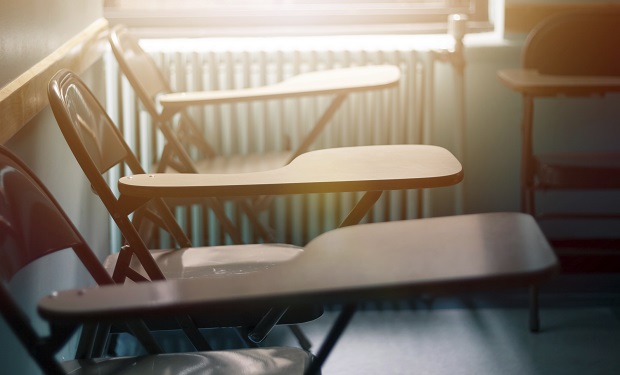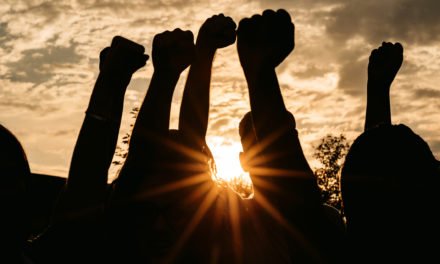
How long does it take to change behaviors, to change mindsets and “heartsets”? I guess at least 62 years because this week marks the 62nd anniversary of the Supreme Court’s historic Brown v. Board of Education decision, which overturned the separate but equal laws and the release of a US Government Accountability Office (GAO) report that says schools are even more segregated today.
The GAO researchers report found that from the 2000-2001 to the 2013-2014 school year the percentage of K-12 public schools that are comprised primarily of American-Americans and in high poverty more than doubled from just over 7000 to over 15,000 schools. The percentage of “isolated” schools grew from 9 percent to 16 percent. Researchers define “isolated schools” as those where 75 percent or more of students are of the same race or class. Another study released last week by the UCLA Civil Rights Project, reported that the number of “hyper-segregated schools (those with 90 percent or more of African American and/or Hispanic students) had increased from 5.7 percent to 18.4 percent since 1988.
Researchers and civil rights advocates have continued to report about this appalling situation for years. In the 80’s major corporations stepped up to support educators in enhancing the quality of education in America’s schools with little sustained success. In 2005 educator and author Jonathan Kozol wrote the seminal piece, Shame of the Nation: The Restoration of Apartheid Schooling in America and obviously nothing has changed since then.
Apartheid schools lack resources such as computers and swimming pools and they do not offer the more challenging AP classes. Even though the graduation rates for blacks and Hispanics have risen, too many graduate without the necessary skills to succeed in college or the increasingly technological jobs.
We have to wonder why a nation that is declining in terms of it economic and political power would allow about one-third of the nation’s children to not receive equal educational resources? Don’t we understand that these children are a part of our future? Don’t we get that these kids could someday be the great innovators of new technology and new ideologies, or peacemakers?
One recommendation from a policy maker about the GAO report was that we need to study the findings more to understand the source of the disparities. We don’t need more study. We need more action.
There are a number of public school districts that are wrestling with this problem and trying to come up with solutions. The Winters Group is working with the Charlotte-Mecklenburg Schools and if you have read any of what is going on there over student assignments you will understand that this is a contentious and divisive issue. Those who are economically advantaged to not what their children going to school with those who are economically disadvantaged. The idea of bussing students from their neighborhood schools to create more diversity has been completely rejected as a solution in Charlotte as well as other districts. Parents have very bad feelings about the accounts of the massive bussing that took place in the 70’s.
We continue to live in highly segregated neighborhoods. So what are we to do, essentially write-off a third our future because we do not want to mix the haves and the have nots?
I certainly don’t have the answers for the long term but in the short term can we not allocate more resources to the underserved schools so that they have quality teachers, the technology and social support that they need? Money is not the only answer. We need more people who have the power to do something about this to care enough to change the trajectory. It will be the demise our nation if we don’t fix this shameful trend in short order.


















